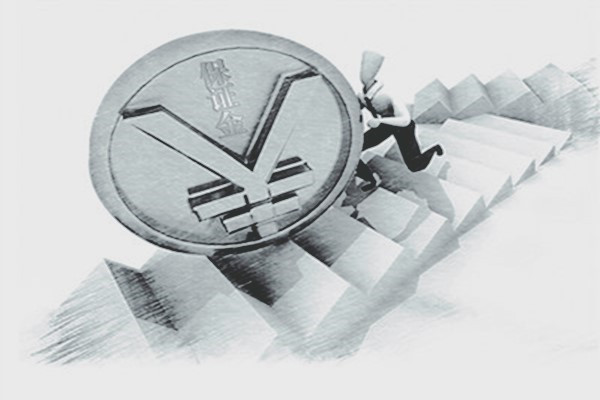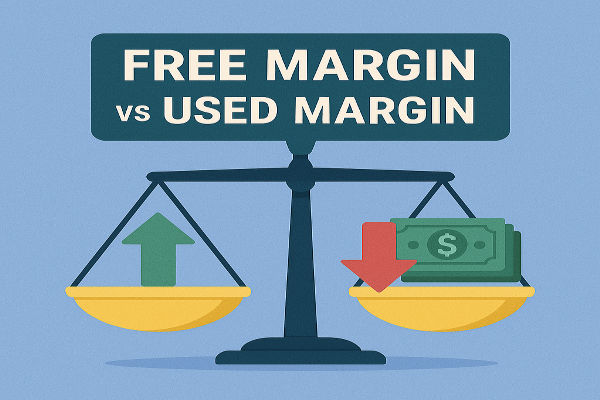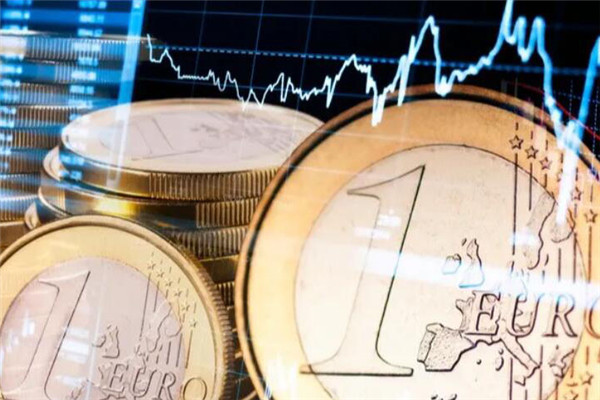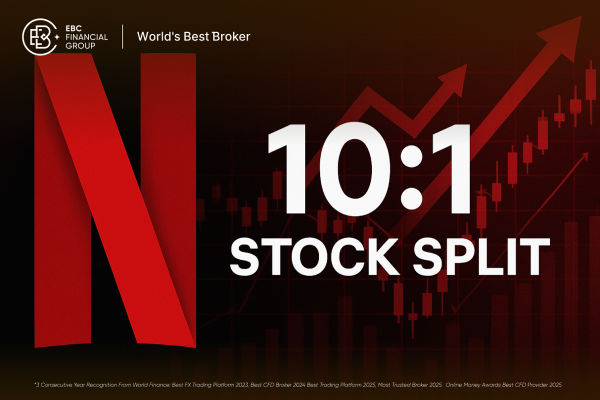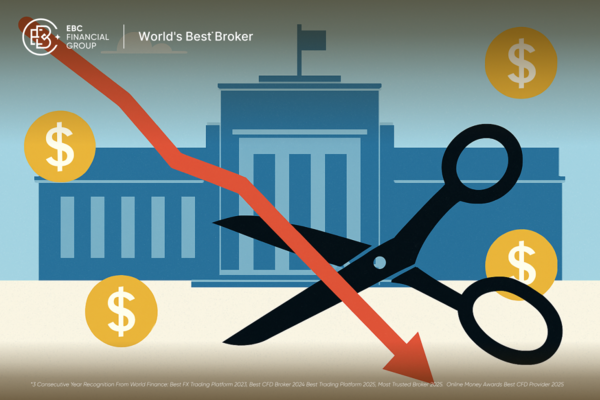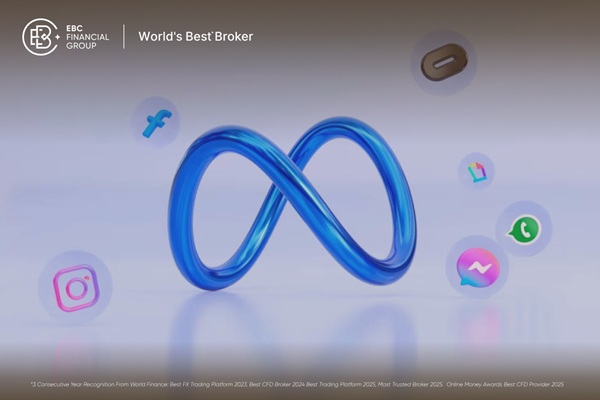Used margin refers to the amount of margin already used during trading. That
is to say, when opening or adding positions, a portion of the margin will be
frozen as a risk reserve, which belongs to the used margin. The used margin
corresponds to the available margin, which is the remaining margin in the
account that can be used for new or additional positions in addition to the
frozen portion.
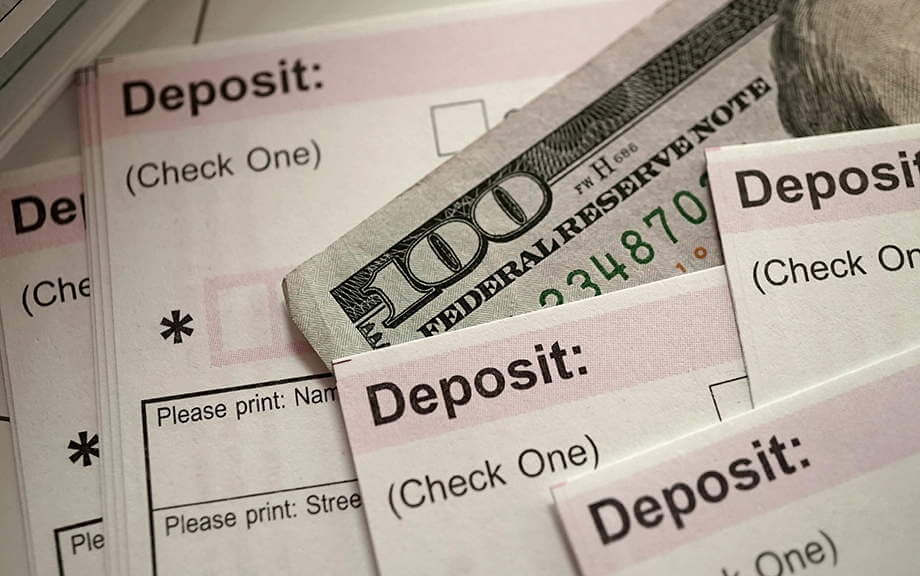
The size of the used margin depends on the selected leverage ratio and
trading volume. The larger the trading volume and the higher the leverage ratio,
the more margin is required, so the used margin will also increase accordingly.
When conducting transactions, it is necessary to pay attention to controlling
the size of the used margin to avoid account breaches or insufficient funds.
The calculation formula for the used margin is as follows:
Used margin=trading volume, opening price, and leverage ratio.
Among them, the trading volume refers to the number of contracts or trading
hands selected, the opening price refers to the current market price of the
trading variety, and the leverage ratio refers to the leverage ratio set by the
Trading Account.
For example, suppose that the leverage multiple of a trading account is 100
times, and you want to open a standard gold contract at the current market price
of 1800 dollars per ounce. So, according to the above formula, the used margin
for this transaction is:
Used deposit = 1 hand = 1800 USD 100 = 180 USD
Therefore, when conducting transactions, it is necessary to pay attention to
the size of the margin used to avoid situations such as account breaches or
insufficient funds.








